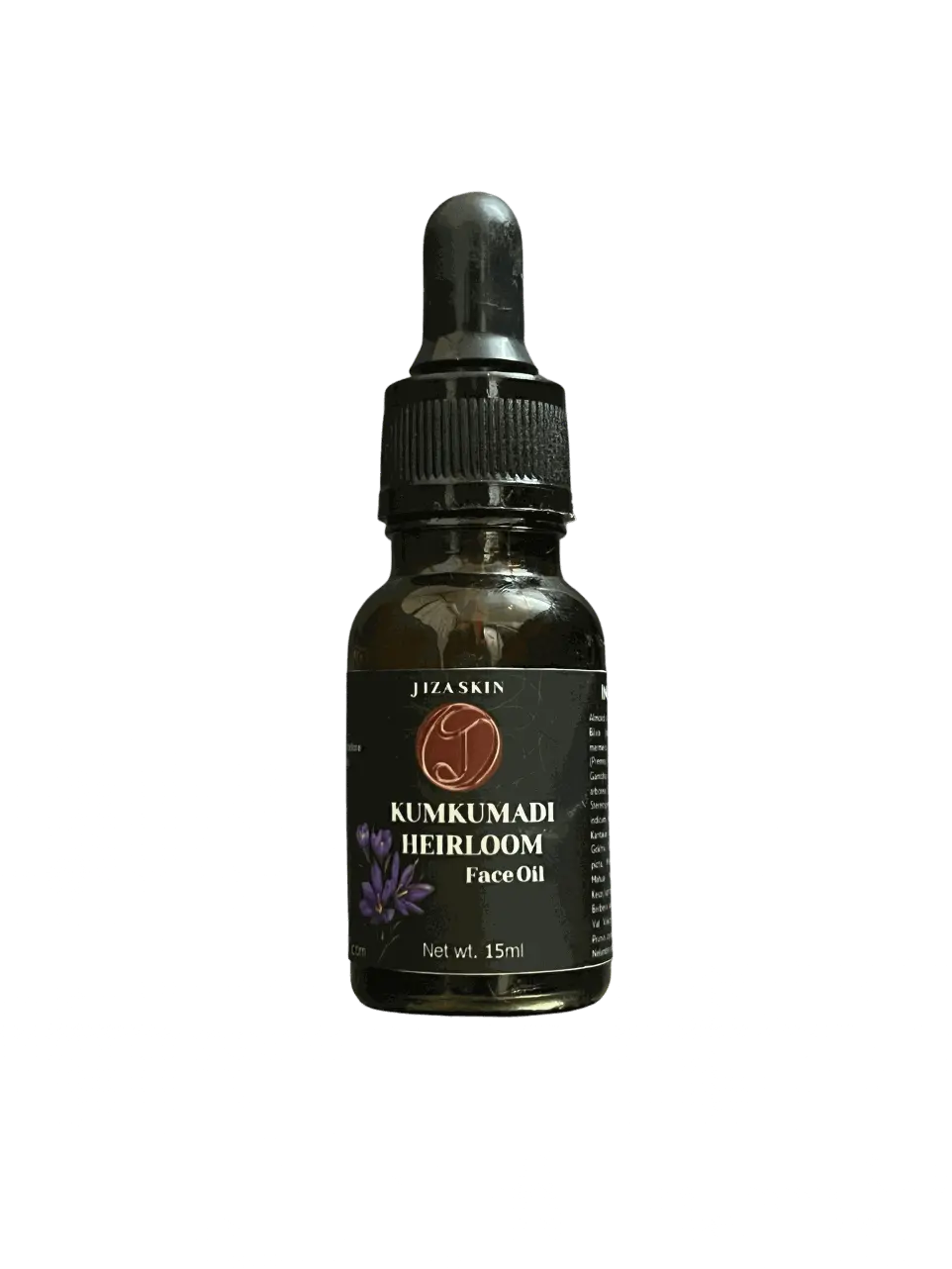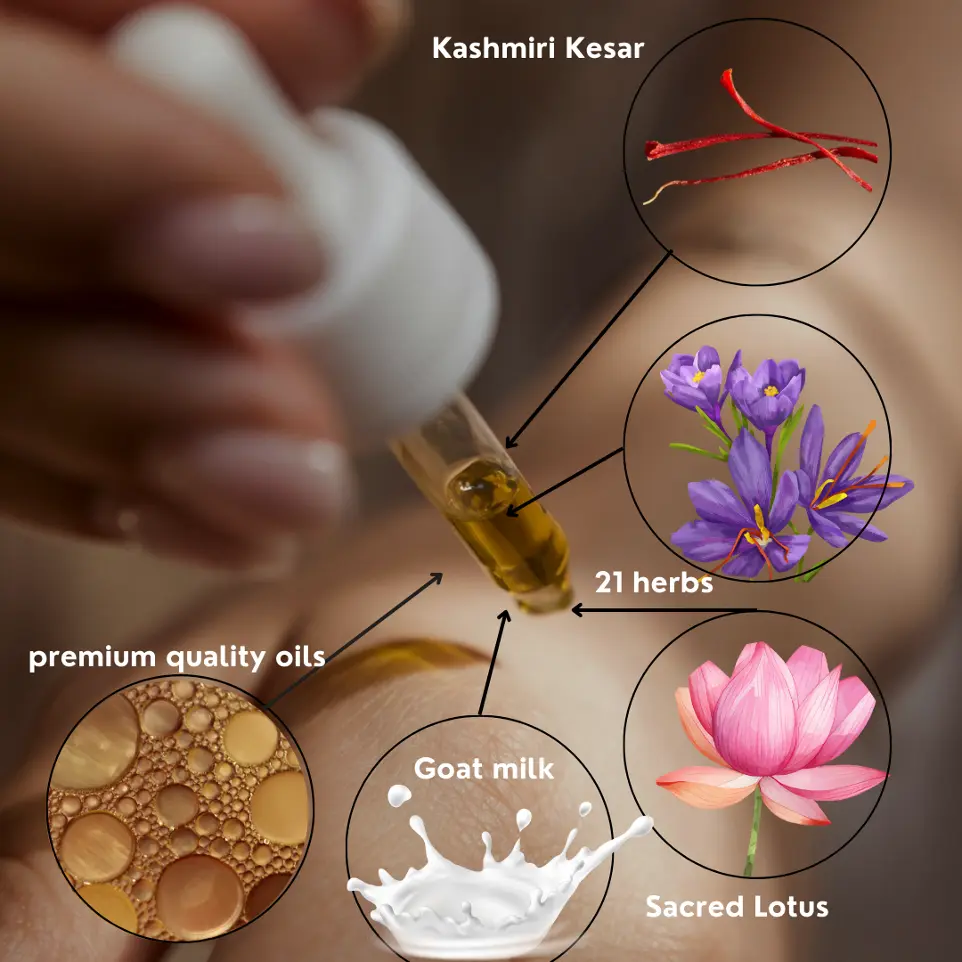The global shift towards sustainable and natural beauty solutions has paved the way for innovative product formulations. One such emerging segment is anhydrous products—cosmetic and skincare items formulated without water. As the Indian beauty and personal care market continues to expand, anhydrous products are poised to gain traction due to their eco-friendliness, longevity, and potent formulations. This article explores the potential of the anhydrous product market in India, analyzing consumer perceptions, benefits, challenges, and future prospects.
Understanding Anhydrous Products
Anhydrous products are formulations that do not contain water. Common examples include lip balms, face oils, solid shampoos, powder cleansers, and oil-based serums. Unlike traditional water-based products, which often require preservatives and stabilizers, anhydrous products typically rely on natural oils, butters, and botanical extracts, offering a more concentrated and effective skincare solution.
Market Potential in India
1. Rising Consumer Awareness & Preference for Natural Products
Indian consumers are increasingly drawn to organic and chemical-free personal care products. A recent consumer survey indicated that many individuals view anhydrous formulations as either more natural or more effective than water-based alternatives. With increased education and awareness, this segment can witness significant growth.
2. Sustainability and Eco-consciousness
Anhydrous products contribute to sustainability by eliminating the need for excessive plastic packaging and reducing water consumption. In a water-scarce country like India, where sustainable living is gaining importance, brands that highlight water conservation through their formulations can create a strong market niche.
3. Extended Shelf Life & Potency
Since anhydrous formulations do not require synthetic preservatives to prevent bacterial growth, they often have a longer shelf life compared to water-based products. Additionally, they offer more concentrated active ingredients, making them effective in smaller quantities—a key selling point in the premium skincare segment.
4. Potential in Ayurveda and Herbal Beauty
India's rich tradition of Ayurveda and herbal beauty aligns well with the anhydrous trend. Brands leveraging traditional ingredients like ghee, kokum butter, and essential oils can cater to the growing demand for holistic and chemical-free skincare.
Pros and Cons of Anhydrous Products
Pros:
- Higher Concentration of Active Ingredients – Without water, formulations are more potent and require less usage per application.
- Longer Shelf Life – No water means a lower risk of microbial contamination, reducing the need for synthetic preservatives.
- Eco-friendly and Sustainable – Less water usage and reduced packaging contribute to environmental sustainability.
- Travel-friendly – Solid and oil-based formulations are easier to carry and comply with airline regulations.
Cons:
- Higher Cost Per Unit – Premium ingredients and concentrated formulations can make anhydrous products more expensive.
- Texture and User Experience – Some consumers prefer lightweight, water-based formulations over oils or balms.
- Limited Awareness – Many Indian consumers are unfamiliar with the concept of anhydrous products, requiring strong marketing efforts.
Challenges & The Way Forward
Despite the promising potential, anhydrous products face challenges in mass adoption. Indian consumers often associate skincare with hydration, which may create hesitation in accepting water-free alternatives. Additionally, price sensitivity remains a concern, necessitating a balance between premium quality and affordability.
The Indian anhydrous product market is still in its nascent stage but has immense growth potential, particularly among eco-conscious and premium skincare consumers. According to a survey conducted by Jiza, 90% of consumers were ready to make a switch to anhydrous personal care.
As brands innovate and educate, this segment is likely to expand, offering consumers an effective, sustainable, and potent alternative to conventional beauty products.
References
- Smith, J. (2022). "The Rise of Waterless Beauty: A Sustainable Revolution." Journal of Sustainable Cosmetics, 15(3), 45-60.
- Gupta, R., & Mehta, P. (2021). "Consumer Perception of Natural Skincare in India." International Journal of Beauty and Wellness, 10(2), 88-102.
- McKinsey & Co. (2023). "The Future of Beauty and Personal Care in Emerging Markets." Retrieved from www.mckinsey.com
- National Institute of Ayurvedic Research (2020). "Traditional Indian Ingredients in Modern Skincare." Ayurveda & Beauty Journal, 12(4), 150-168.

